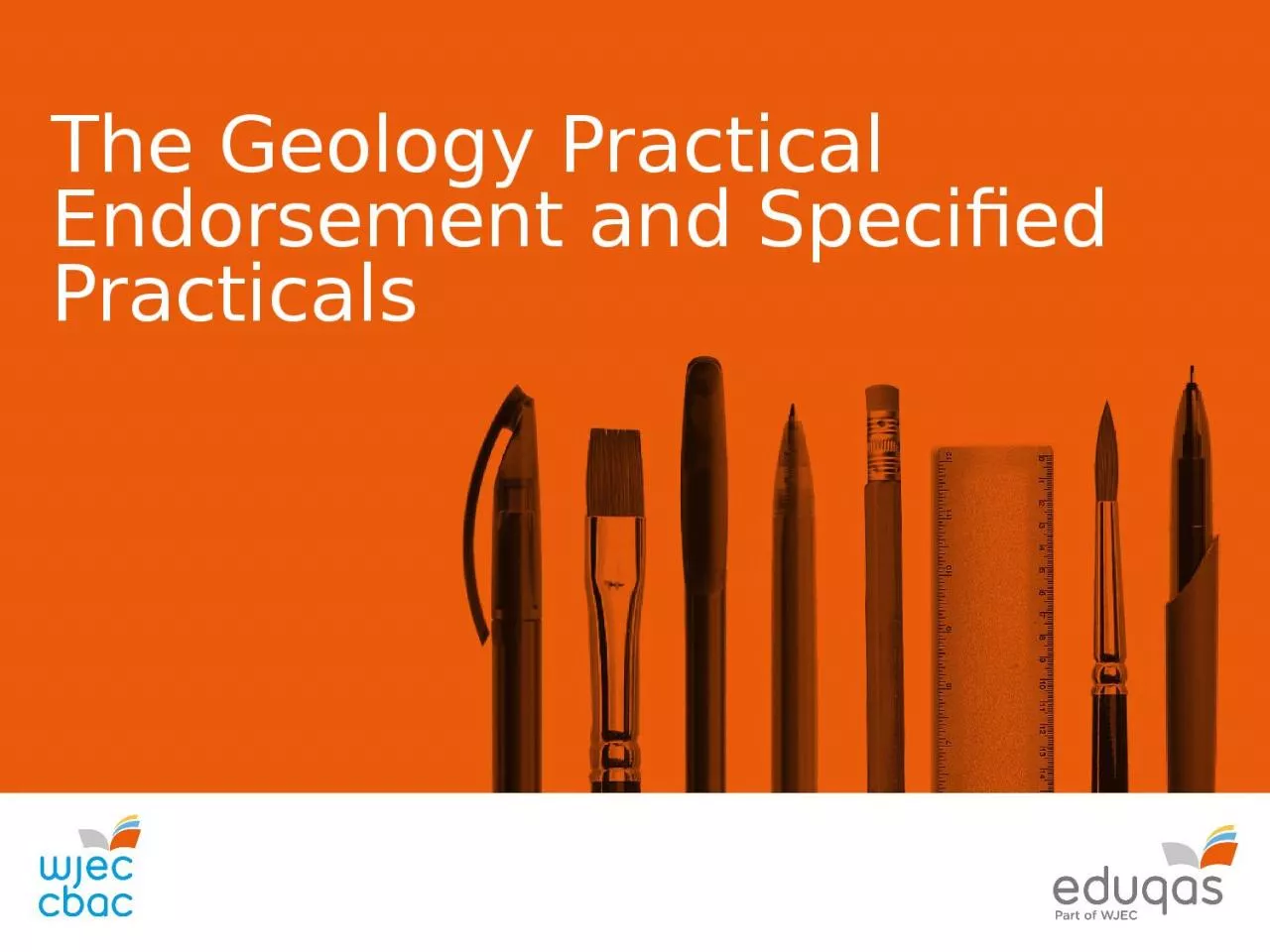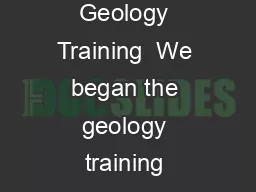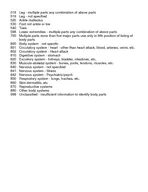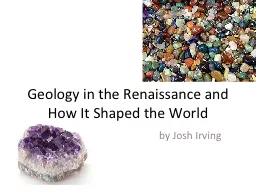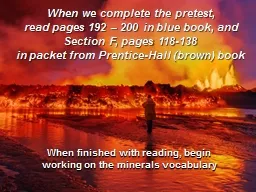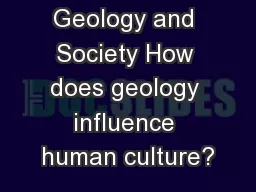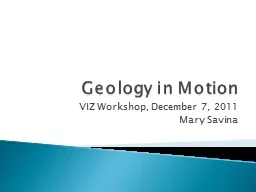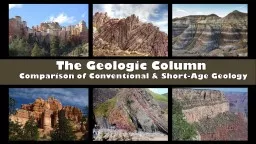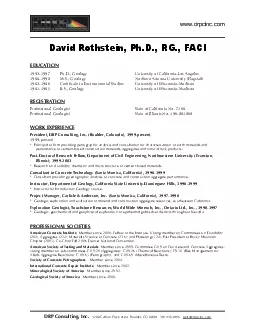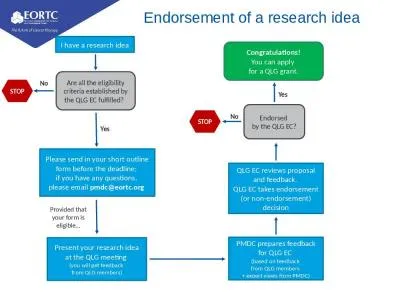PPT-The Geology Practical Endorsement and Specified
Author : lydia | Published Date : 2023-10-04
Practicals 20 Specified Practical SP Activities have been designed in order for learners to meet the 13 practical technique requirements see specification p6265
Presentation Embed Code
Download Presentation
Download Presentation The PPT/PDF document "The Geology Practical Endorsement and Sp..." is the property of its rightful owner. Permission is granted to download and print the materials on this website for personal, non-commercial use only, and to display it on your personal computer provided you do not modify the materials and that you retain all copyright notices contained in the materials. By downloading content from our website, you accept the terms of this agreement.
The Geology Practical Endorsement and Specified: Transcript
Download Rules Of Document
"The Geology Practical Endorsement and Specified"The content belongs to its owner. You may download and print it for personal use, without modification, and keep all copyright notices. By downloading, you agree to these terms.
Related Documents

